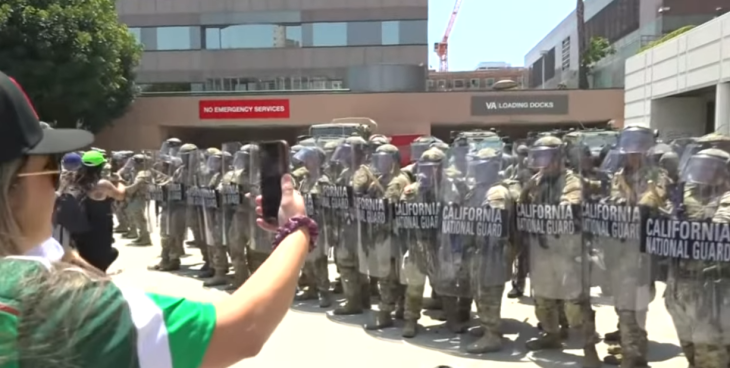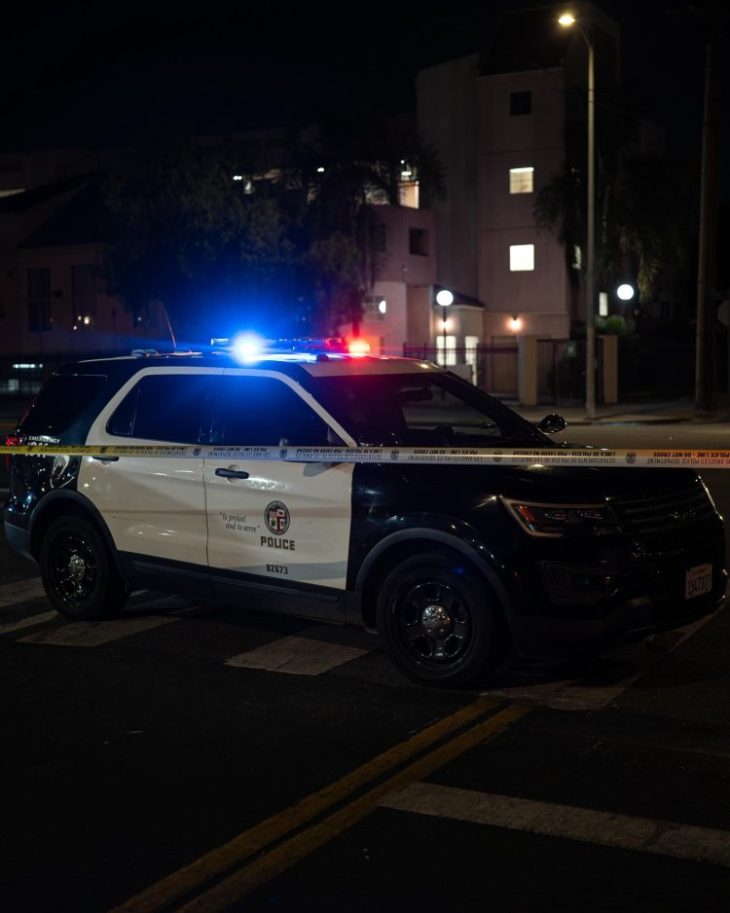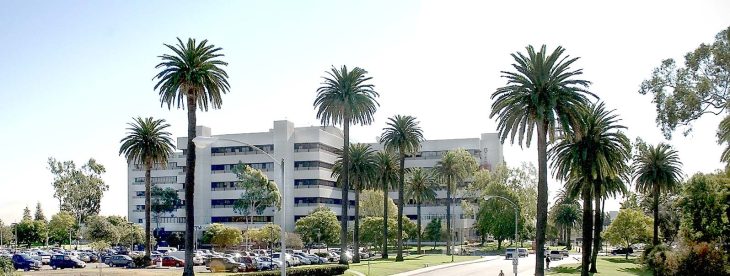By Tom Elias, City City-Westwood News Columnist
The list of California law enforcement agencies refusing to enforce current stay-at-home, crowd-size and masking orders from Gov. Gavin Newsom and county health officials numbers at least two dozen, stretching into most parts of the state.
Negative results of those scofflaw inactions were not obvious at first, while some counties let restaurants stay open despite closing orders, made no effort to prevent gatherings of more than 10 persons and assigned no sheriff’s deputies to enforce face masking.
But now some nasty consequences are clear. Leaping out at readers of county-by-county statistics during Christmas Week was a direct correlation between lack of enforcement and coronavirus prevalence, infections and deaths.
The numbers made it painfully obvious that inaction by law enforcement has cost plenty of lives. Lack of enforcement has also been counter-productive in achieving the scofflaws’ own proclaimed goals: allowing normalcy to return sooner rather than later. Larger caseloads inevitably mean longer shutdowns.
The refusals to act are pure dereliction of duty in a state where the most common motto of law enforcement is “To protect and serve.” These folks are not doing much to help protect their constituents from the worst pandemic of the last century.
Of the five California counties with the highest seven-day average COVID-19 cases in the week leading up to Christmas, just one has taken strong enforcement measures. That’s San Diego County, ranked fifth, where six deputies enforce anti-contagion measures full time.
But sheriffs in the four large counties with by far the biggest case numbers – Los Angeles, Orange, San Bernardino and Riverside – all refuse.
Those four counties also had the highest per-capita case rates among the state’s large counties, ranging from 4,110 per 100,000 persons in Orange County to 7,520 in San Bernardino County. Meanwhile, Santa Clara County, whose strict shutdown famously forced the San Francisco 49ers and several college sports teams to hit the road for weeks at a time, had a per capita caseload – 1,176 per 100,000 – far below those of the big scofflaw counties. Socio-economic differences can’t explain such huge gaps.
Do the anti-contagion measures work? These statistics, reported by the counties themselves, suggest the answer is yes.
This has not yet changed policy anyplace where law enforcement is commanded by people who enforce only the laws they like, even when measures they ignore can spare illness and lives.
Even contracting the virus in early December did not move Sacramento County Sheriff Scott Jones to change his policies. When the state imposed its mask mandate, Jones said his deputies would not enforce it, calling violations “minor.” How minor are they when they cause infections and death?
So far, Sheriffs Alex Villanueva, Don Barnes and Chad Bianco, who respectively enforce most laws in Los Angeles, Orange and Riverside counties, and San Bernardino County Sheriff-Coroner John McMahon continue refusing to enforce key state emergency edicts which have so far survived legal challenges.
Villanueva said early on his deputies won’t “take part in enforcing stay at home orders…” Barnes called following the rules “a matter of personal responsibility, not a matter of law enforcement;” Bianco said he won’t be “blackmailed, bullied or used as muscle” by the governor or health officials.
In all their counties, intensive care units were filled to capacity through most of December, but the sheriffs remained adamant. The only major anti-Covid law enforcement actions in those counties saw Los Angeles deputies break up two underground parties where dozens gathered and may have created “superspreader” events.
It’s not only sheriffs refusing to enforce laws, but also some police chiefs. In Stockton, Ceres, Dixon, Roseville, Folsom and many other cities, chiefs say they prefer an “education” approach to violators of masking and social distancing rules. That matches the stance of the non-enforcing sheriffs in the state’s hardest-hit areas.
There have been no consequences so far for any of the law enforcement people making these sometimes deadly decisions.
That’s worth contemplating as many millions of Californians respect the rules, stay home and try to save their lives and those of people with whom they might otherwise associate.
It’s also something voters should remember when the sheriffs involved come up for reelection in 2022 and 2024.
Email Thomas Elias at tdelias@aol.com. His book, “The Burzynski Breakthrough, The Most Promising Cancer Treatment and the Government’s Campaign to Squelch It” is now available in a soft cover fourth edition. For more Elias columns, visit www.californiafocus.net

























